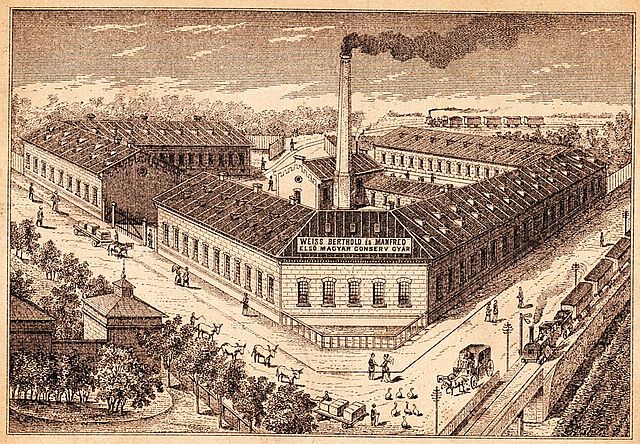Home canning or bottling, also known colloquially as putting up or processing, is the process of preserving foods, in particular, fruits, vegetables, and meats, by packing them into glass jars and then heating the jars to create a vacuum seal and kill the organisms that would create spoilage.
Preserved food in Mason jars
A 1914 advertisement for a combination steam canner and roaster. The described method will not protect against botulism.
Green beans in a pressure canner ready to be processed
Weck glass with rubber seal and steel tension clips. The red tongue pointing downwards indicates a correct seal
Canning is a method of food preservation in which food is processed and sealed in an airtight container. Canning provides a shelf life that typically ranges from one to five years, although under specific circumstances, it can be much longer. A freeze-dried canned product, such as canned dried lentils, could last as long as 30 years in an edible state.
Industrial canning machines used for mass-producing canned salmon in 1917
A canning jar used by Nicolas Appert's canning factory
The Berthold-Weiss Factory, one of the first large canned food factories in Csepel, Budapest (1885)
A cannery worker filling cans of tuna in Long Beach, California, United States, circa 1930








